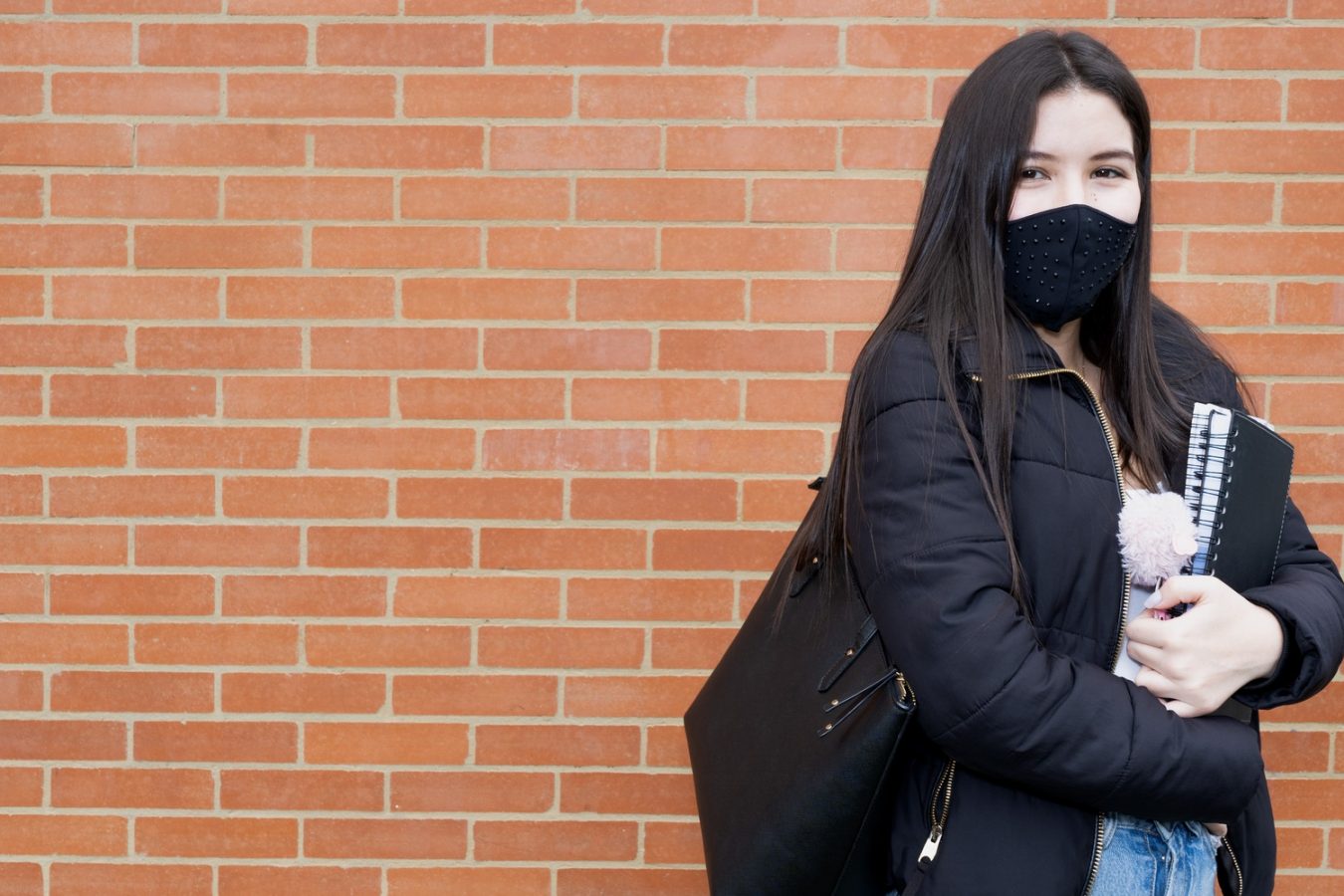
A ground-breaking intervention program is working with families and schools to get children learning again. By Dr Lisa McKay-Brown, Melbourne Graduate School of Education, University of Melbourne.
For most students, the routine of going to school is a straightforward process. Get up, get dressed, eat breakfast, grab school bag and head out of the house.
However, for an increasing number of young people, even thinking about school leads to headaches, stomach pains, panic attacks and arguments with parents. For some simply leaving the house is impossible. This is called school refusal.
School Refusal Behaviours
Truancy and school withdrawal are often mislabelled as school refusal. Truancy or ‘wagging’ is when young people have unapproved absences without their parents’ consent or knowledge, and will generally stay away from the family home. School withdrawal occurs with parent consent and involves young people who may be carers or who are working to contribute to the household.
School refusal is when young people ‘can’t’ rather than ‘won’t’ go to school. It is defined as a ‘child-motivated refusal to attend school or difficulty attending classes or remaining in school for an entire day’.
It’s not gender or socio-economic specific, and occurs in up to 5 per cent of students. This increases to 8.2 per cent for students with anxiety.
Researchers note that short-term effects of school refusal include poor academic performance, school dropout, family difficulties and worsening peer relationships, while long-term consequences can include academic underachievement, employment difficulties, increased risk of psychiatric illness and economic, social and marital problems in adulthood.
Ground Breaking Intervention Program
The first of its kind, the In2School intervention program uses a wraparound approach to help school refusers.
Delivered in partnership with the Melbourne Graduate School of Education, the Royal Children’s Hospital Mental Health and Travancore School, a mental health-focused special school in Melbourne’s north-west, the students aged between 11 and 14 have been school refusing for between three months and two years and have diagnoses of anxiety and/or mood disorders.
In2School uniquely brings teachers and clinicians together for up to six months to assess, plan and implement needs-based, personalised programs for each young person at home, in the clinic and in the classroom. Each young person undertakes individual therapy, along with parent sessions that support families to better manage the return to school process. The program is split into three phases:
Phase 1 – A teacher and mental health clinician work with the family and student in home and clinic environments to conduct mental health and educational assessments, build rapport, and start the classroom transition
Phase 2 – Students attend a 10-week transitional classroom to increase their stamina for learning, including building academic, social and emotional skills. The therapeutic process continues
Phase 3 – Students are supported in their return to school in a mainstream setting.
Winning Strategy
The first group of seven In2School students successfully returned to full-time mainstream schooling in Term 1, 2016, after completing the program from July to December 2015, and only one student’s school attendance has since lapsed.
Students’ mental health has improved dramatically, so much so that they no longer regularly see a clinician. Quality of life, including social interactions with peers and positive experiences at school all show great progress.
Jo*, one of the students, said: ‘When I first started the program, I didn’t really have a lot of faith in it … If I’d never participated … I think I’d still be locking myself up in my room and not doing anything. It’s not only helped with my school attendance but with my emotions … some anxious, depressing thoughts, and attention problems.’
The second intake of In2School students is progressing well, with students currently transitioning back to their mainstream schools with some attending up to four days a week.
Working with School Refusal
While some school refusal intervention programs exist in Australia, few have had successful results published.
Treatment generally focuses on clinical interventions, with the clinician liaising with the school to develop return to school plans. Often when a student does return, the stress of suddenly being back in the school environment can result in relapse.
Responding to school refusal is time consuming, with research noting varying success rates in terms of achieving ongoing educational re-engagement. One thing is clear; interventions need to include education and allied health professionals as well as the family and young person.
Warning Signs for Parents and Teachers
Research shows that early identification of warning signs is key to successful school refusal interventions. Look out for behaviour including:
Complaints about attending school
Frequent lateness
Absences on significant days (assessments, oral presentations, physical education classes)
Poor teacher-student relationships
Academic difficulties
Frequent requests to go home
Excessive worry about a parent when at school
Panic symptoms
Threats of self-harm.
Parents and teachers who notice these behaviours should record increased absences or patterns, and access support if these continue.
*not their real name
This article was first published on Pursuit. Read the original article.


